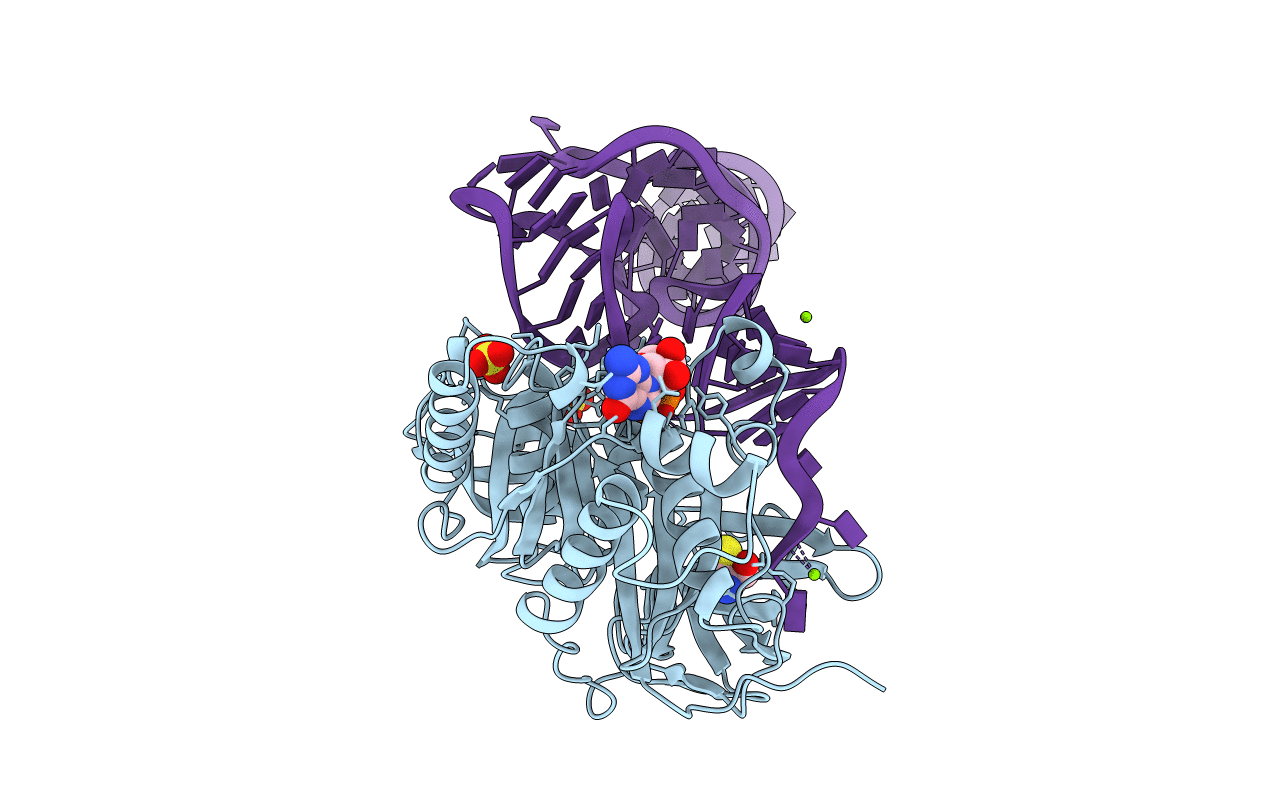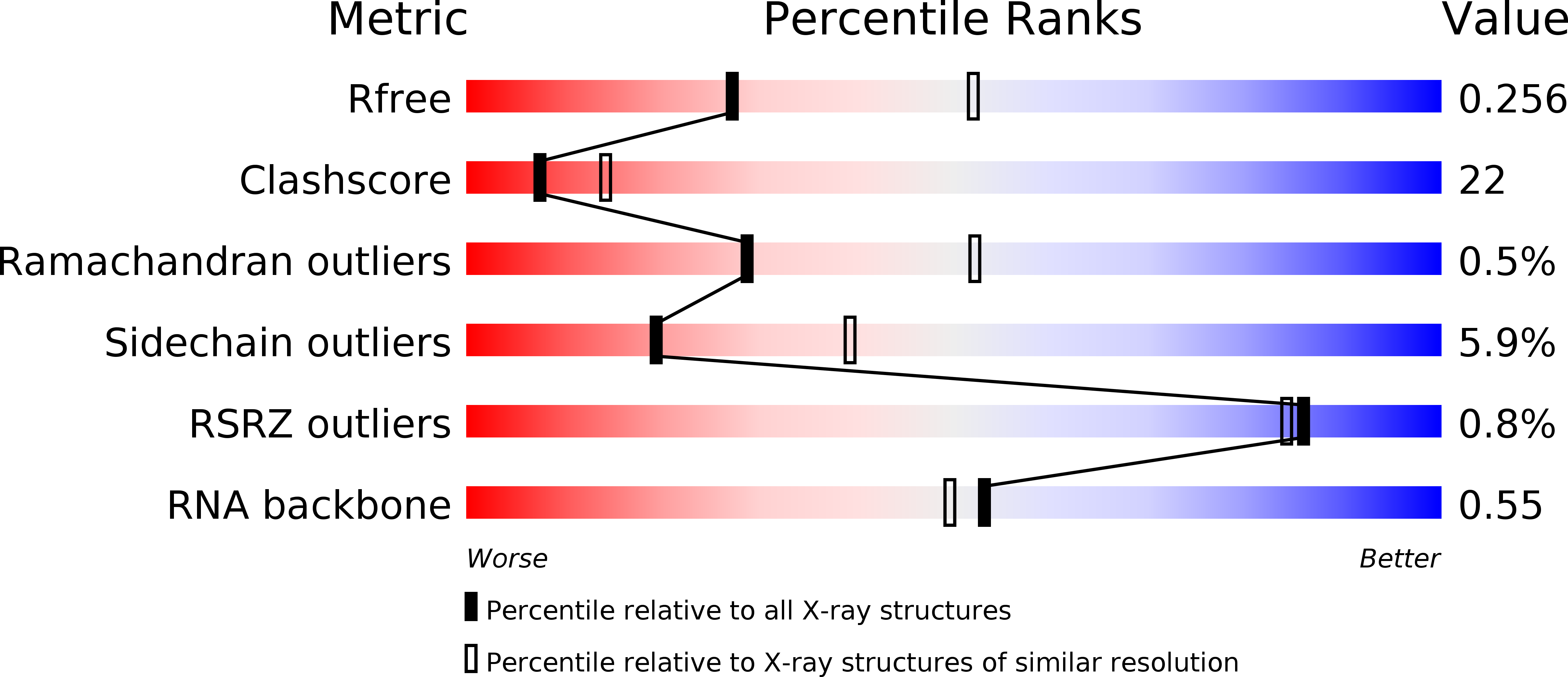
Deposition Date
1998-12-04
Release Date
1998-12-07
Last Version Date
2023-08-09
Entry Detail
PDB ID:
1B23
Keywords:
Title:
E. coli cysteinyl-tRNA and T. aquaticus elongation factor EF-TU:GTP ternary complex
Biological Source:
Source Organism:
Escherichia coli (Taxon ID: 562)
Thermus aquaticus (Taxon ID: 271)
Thermus aquaticus (Taxon ID: 271)
Method Details:
Experimental Method:
Resolution:
2.60 Å
R-Value Free:
0.26
R-Value Work:
0.20
R-Value Observed:
0.20
Space Group:
F 2 2 2


